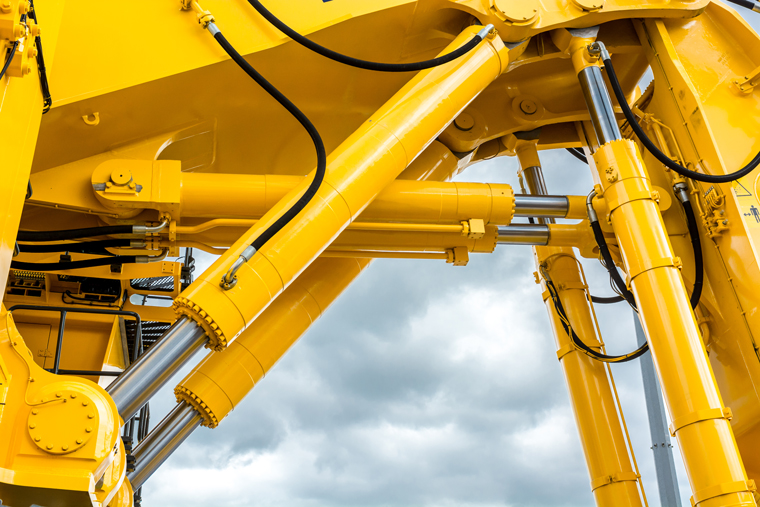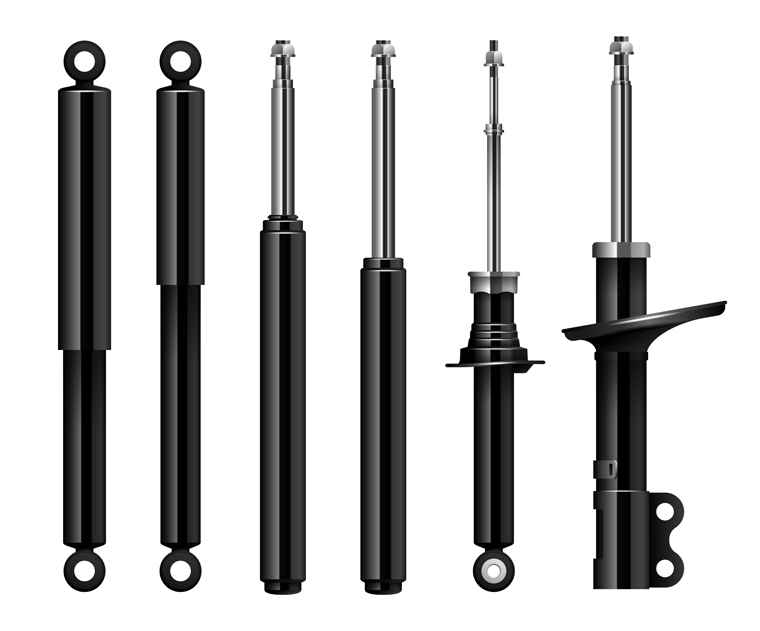

How to Choose a Pneumatic Cylinder and Hydraulic Cylinder

The automobile industry, factories where clamping, ejecting, blocking, and lifting are carried out and other technical industries nowadays are incomplete without using three powers: pneumatic, hydraulic, and electrical. Apart from electrical power, the other two play a vital role in manufacturing automobiles. A pneumatic cylinder and hydraulic cylinders are, therefore, essential for the completion of the automobile, electrical, spacecraft, manufacturing, and assembly lines industry. A pneumatic cylinder focuses on fluid power using air and gases, and a hydraulic cylinder focuses on fluid power employing oil and water. The following points discuss how to choose a pneumatic and a hydraulic cylinder.
How to choose a pneumatic cylinder and a hydraulic cylinder?
Consider the following points when selecting a pneumatic cylinder and a hydraulic cylinder.
-
Load capacity:
Calculate the force required to move the load and choose a cylinder with a suitable bore size to avoid any failure. The load capacity depends on the diameter, pressure, and efficiency. The load capacity of the pneumatic and hydraulic cylinder should be sufficient to handle the maximum force or weight of the load being lifted or moved. Choosing honing seamless pipe should pay attention to its various apply pressure.
-
Considering environment:
The operating environment can affect the choice of materials, seals, and other components used in the cylinders. For example, corrosive or abrasive environments may require specialized coatings or materials. Therefore, choose a cylinder that can withstand the operating environment's temperature, humidity, and other environmental factors. For example, stainless piston rod and precision seamless stainless pipe are adopted in acidic or alkali environment, such as medical supplies, vessels and ships.
-
Stroke length:
The stroke length of the cylinder should match the distance that the load needs to move. This factor is essential to consider, the air capacity the cylinder can load up to. Look for additional features, such as cushioning or adjustable stroke, to ensure the cylinder's optimal performance in the application.
-
Operating pressure:
Choose a cylinder with a pressure rating that matches the available air supply. Practical experience has proved that; cylinders designed for the maximum air operating pressure of six bar to ten bar are ideal for the economical working operations of a pneumatic cylinder. However, a hydraulic cylinder's best operation pressure should be between two hundred ten to six hundred ninety bar.
-
Cylinder type:
The most used cylinders are single-acting, double-acting, and telescoping. Choose between single-acting or double-acting cylinders, depending on the specific application. Moreover, the double-acting cylinder type is widely used and has two ports, and can exert more pressure on either side of the piston alternatively than single-acting cylinders.
-
Mounting:
The mounting style of the cylinder should be compatible with the application, whether it's a clevis, flange, or another type of mount. Check if the cylinder can be mounted or not according to the requirements.
Whether choosing a pneumatic cylinder or a hydraulic cylinder, it is always recommended to consult; with an expert cylinder supplier or an engineer to ensure that the right cylinder chosen is accurate for the specific applications. They can provide technical guidance and support in selecting the best cylinder for the job.
- Elevate Your Operation with the Right Hydraulic Cylinder Supplier
- All visitors must have a confirmation of registration to enter Golden Asia to prevent the outbreak of COVID-19
- Guide - How to Select the Right Cylinder Tube?
- Mr. Fang Chien Tien Appointed 17th President of Central Taiwan Entrepreneurship Association
- Insist on Authentic Golden Asia Products for Unmatched Quality!
- What is the difference between welded pipe and seamless pipe?
- Bank Detail
- What Are the Advantages and Disadvantages of Hydraulic Cylinders?
